Let's be real. When you run through your mental hunger-fueled rolodex of prospective food selections, Chinese often takes the cake. But did you know that a lot of them aren't actually Chinese dishes?
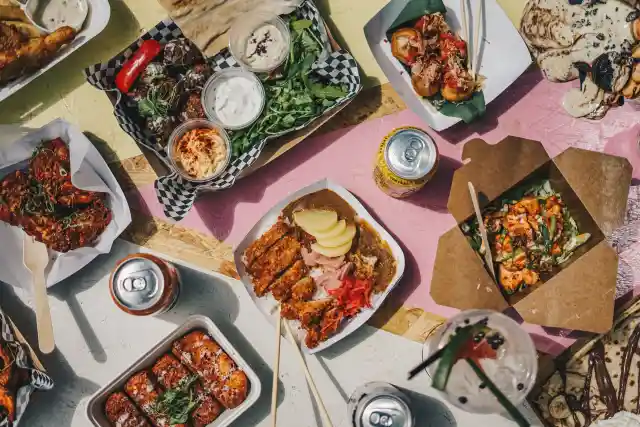
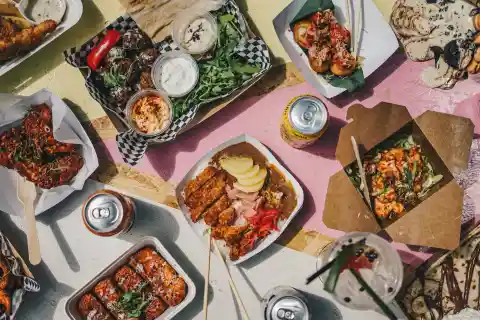
Chinese cuisine has spread the flavors, ingredients, and cuisine of China around the world. However, it varies greatly from location to location and, at times, is scarcely identifiable as Chinese food to individuals from China.
This is especially evident in Western nations with sizable Chinese populations, such the United States, the United Kingdom, Canada, and Australia, where it has undergone major modification to accommodate the Anglo-Celtic palate.
Here are just a few of the most popular foods that westerners often mistake for authentic yet aren't.
Fortune Cookies
Although fortune cookies have come to represent Chinese food in eateries all throughout North America, they were really created in California. The original recipe was influenced by a Japanese treat called omikuji senbei, a rice biscuit with a little fortune within.
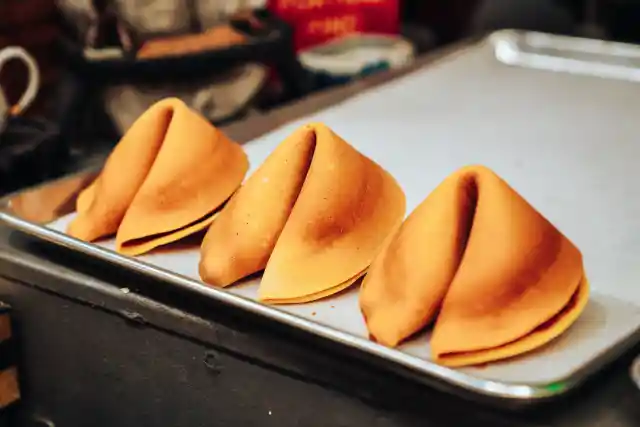
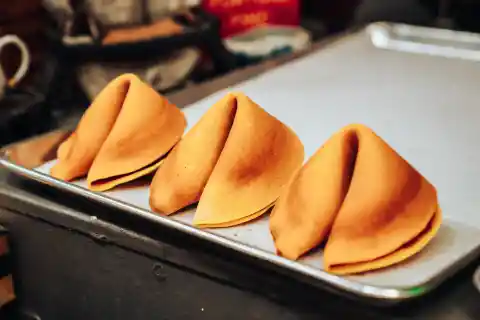
Fortune cookies, unlike several other Western "Chinese food" favorites, have yet to be embraced in any form in China.
Beef and Broccoli
Beef and Broccoli is a classic dish in America, but you won't find it in China owing to the variances in ingredients accessible in each country.
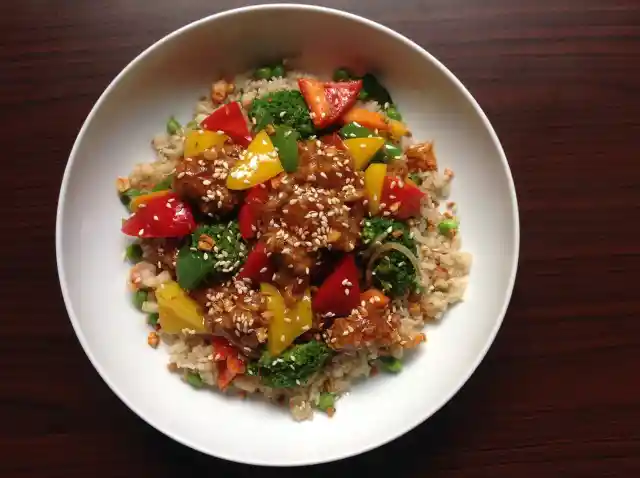
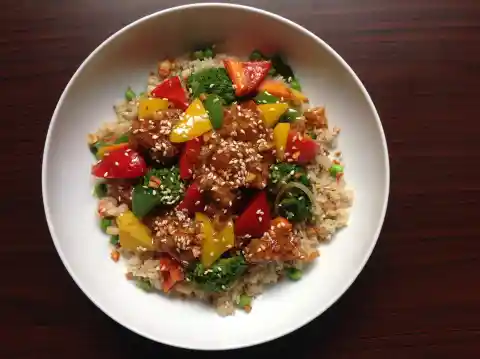
Although it can be challenging to acquire beef in China, the major reason you won't find this stir-fry meal there is that there isn't any broccoli there, at least not the kind that is marketed in America; instead, they use a leafy vegetable known as gai ian.
General Tso’s Chicken
The popularity of General Tso's chicken among westernized Chinese cuisine is unparalleled. Yet, you'll probably be let down if you search all of China for the meal. Not only does it not exist at all in the purported country of origin, but it is also not based on a genuine Chinese food.
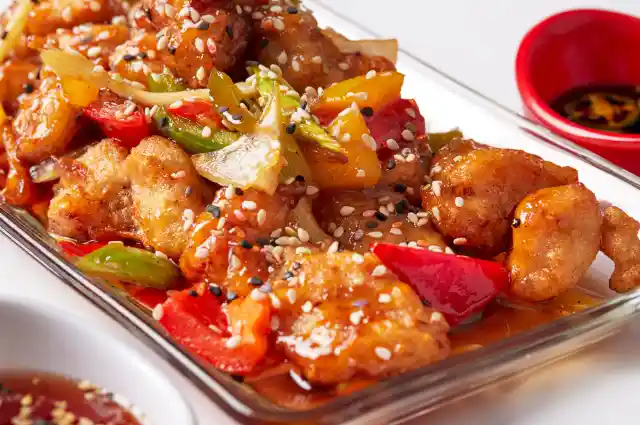
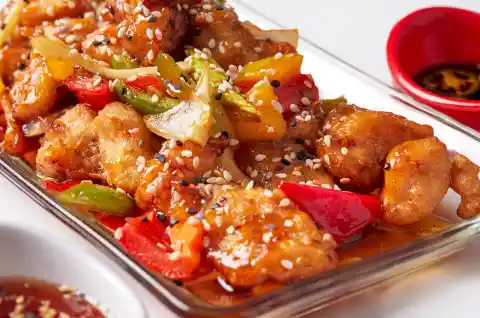
General Tso was a real person, but the chicken that bears his name is said to have originated in New York in the 1970s. Although some claim it is based on a Hunanese recipe, the meal is too distant from authentic Chinese cuisine to be compared in any meaningful way.
Orange Chicken
Chef Andy Kao, the former executive chef of Panda Express, the biggest fast food company owned by Chinese Americans, created orange chicken in Hawaii. It is made out of the beloved dark meat fried chicken that we all enjoy, covered in an orange sauce that is sweet, zesty, and created with actual oranges.
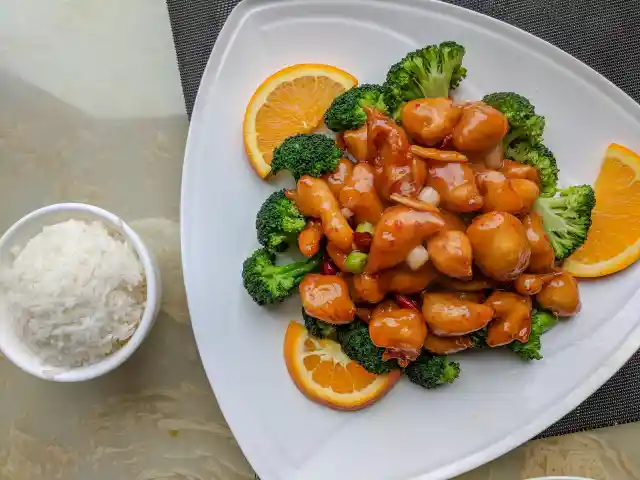
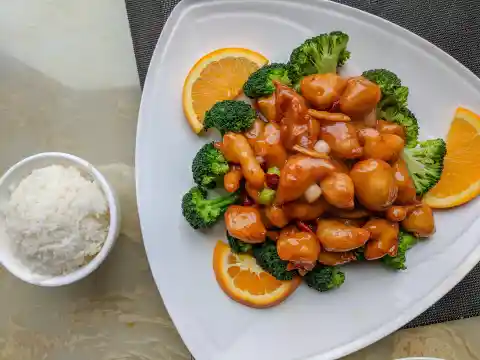
The combination of a crispy, orange sauce-coated outside and a soft, very juicy inside is just irresistible to all.
Manchurian
The term "Manchurian" refers to someone who is a native or inhabitant of Manchuria (in northeast China); nonetheless, the dish was developed by Chinese restaurants in India and has little in common with either traditional Manchu or Northeastern Chinese cuisine.
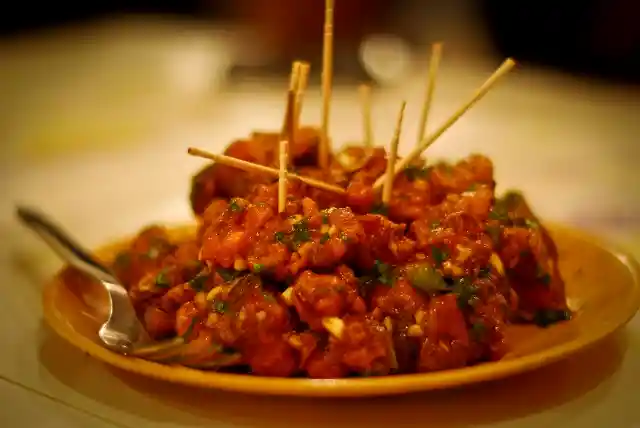

It is prepared by roughly chopping, deep-frying, and sautéing foods including chicken, cauliflower, prawns, fish, mutton, and paneer in a soy sauce-flavored sauce.
Chopsuey
Despite the fact that many of us think of chopsuey as being Chinese, it actually has American roots! There are several origin myths for this dish, including the claim that it was created in New York City or that it was created by a chef in San Francisco who was feeding intoxicated miners.
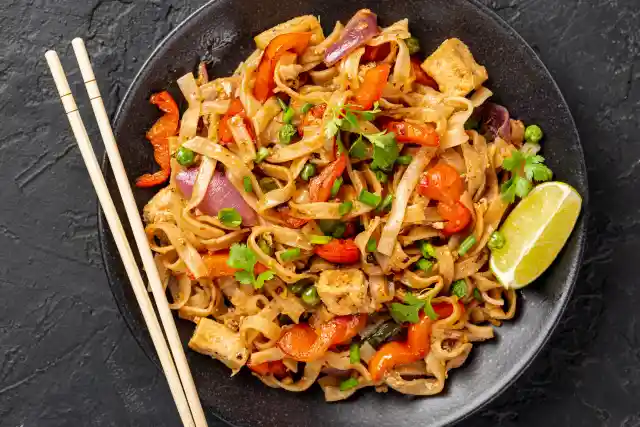
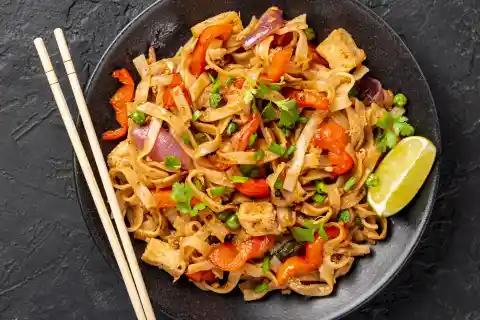
But, no one disputes the deliciousness of the vibrant, luscious veggies that have been sautéed at the right temp.
Egg Foo Young
Often referred to as the Chinese pancake, this dish is entirely different on the interior from a pancake and only resembles one in terms of form and appearance. Egg Foo Young is cooked with pork and veggies.
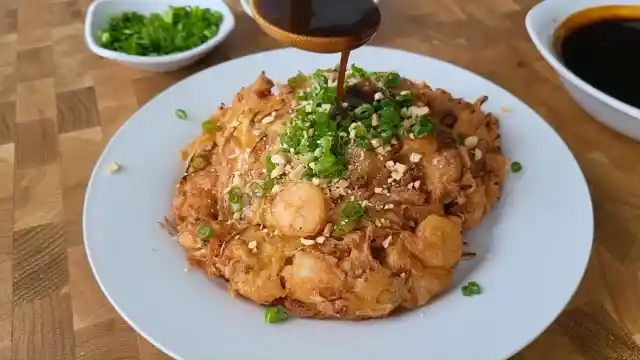
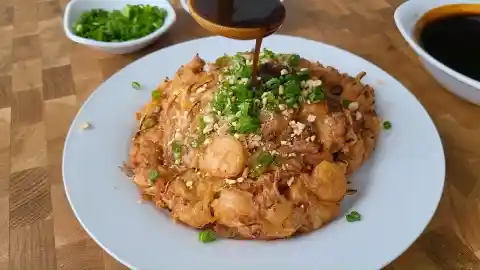
Almost a century ago, Cantonese immigrants opened a local Chinese restaurant in California called Chow-Chows, where the recipe idea first appeared. It was a successful attempt to introduce an unfamiliar food to the American audience without making it appear overwhelming to the locals.
Crab Rangoon
Many people are curious whether crab Rangoon is Chinese, and the answer is no. While being mostly offered in Chinese restaurants, it is a classic American specialty.
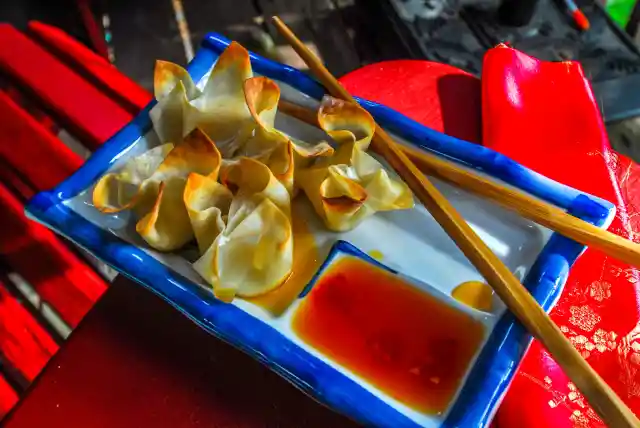
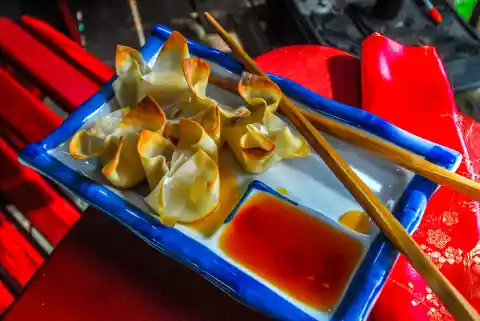
Although the original crab Rangoon recipe was most likely a Burmese recipe, the dish was most likely created at a Hawaiian or Pacific islander restaurant in San Francisco in the 1950s. These delicate canapés are essentially cream cheese-filled fried wontons with crabmeat within. It is improbable that this recipe was created by Chinese cuisine as cream cheese isn't part of any Chinese cuisine.
Sweet and Sour Dishes
Everything Sweet and Sour is pretty much sure to be an American bastardization of Chinese sauce, which was a light vinegar and sugar mixture that didn't resemble the overly-sweet and sticky food we are accustomed to.
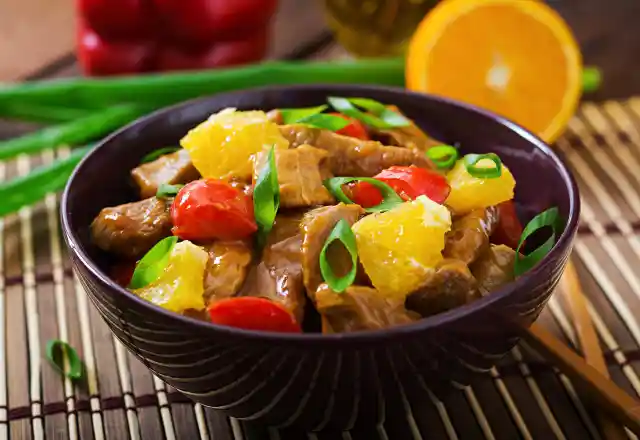

Pork, chicken, beef, or shrimp are battered and deep-fried before being dredged in a rich orange sauce. In most cases, pineapple is added to make it even sweeter.
Egg roll
The term may have originated from a 1917 Chinese-American cookbook that portrays meat and vegetables encased in egg. These delicious golden rolls resemble the spring rolls that dim sum chefs in Hong Kong serve, but the fillings inside are very different.
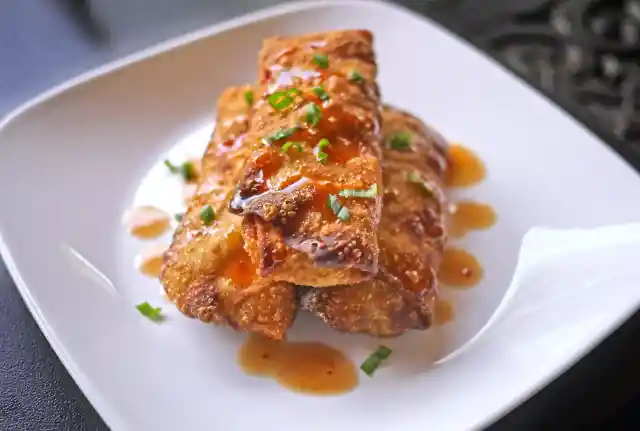
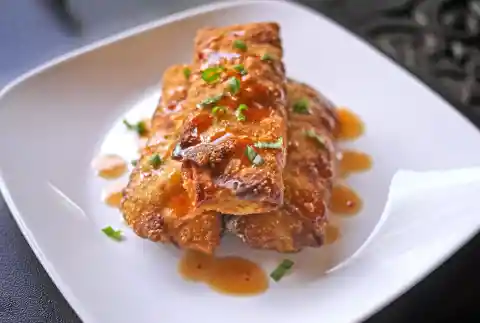
The New York of the 1930s was where it eventually gained its popularity. The great thing about egg rolls is that you can pretty much stuff them with any toppings you want and they'll still taste delicious. Just don't expect finding it on a Chinese menu.